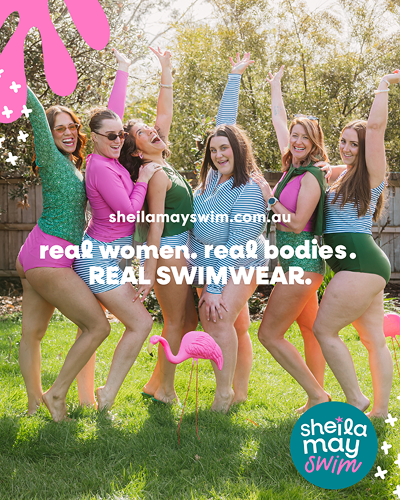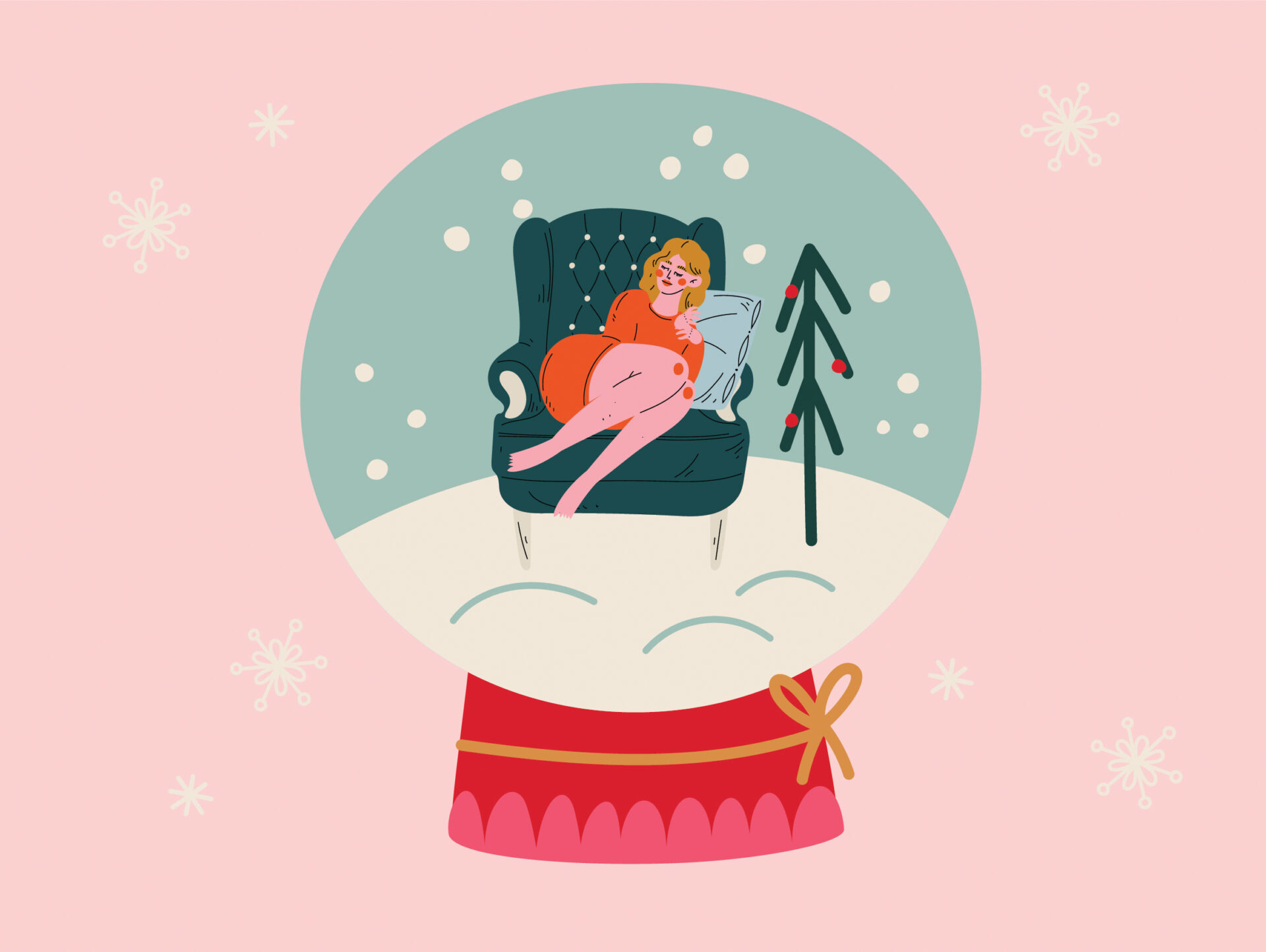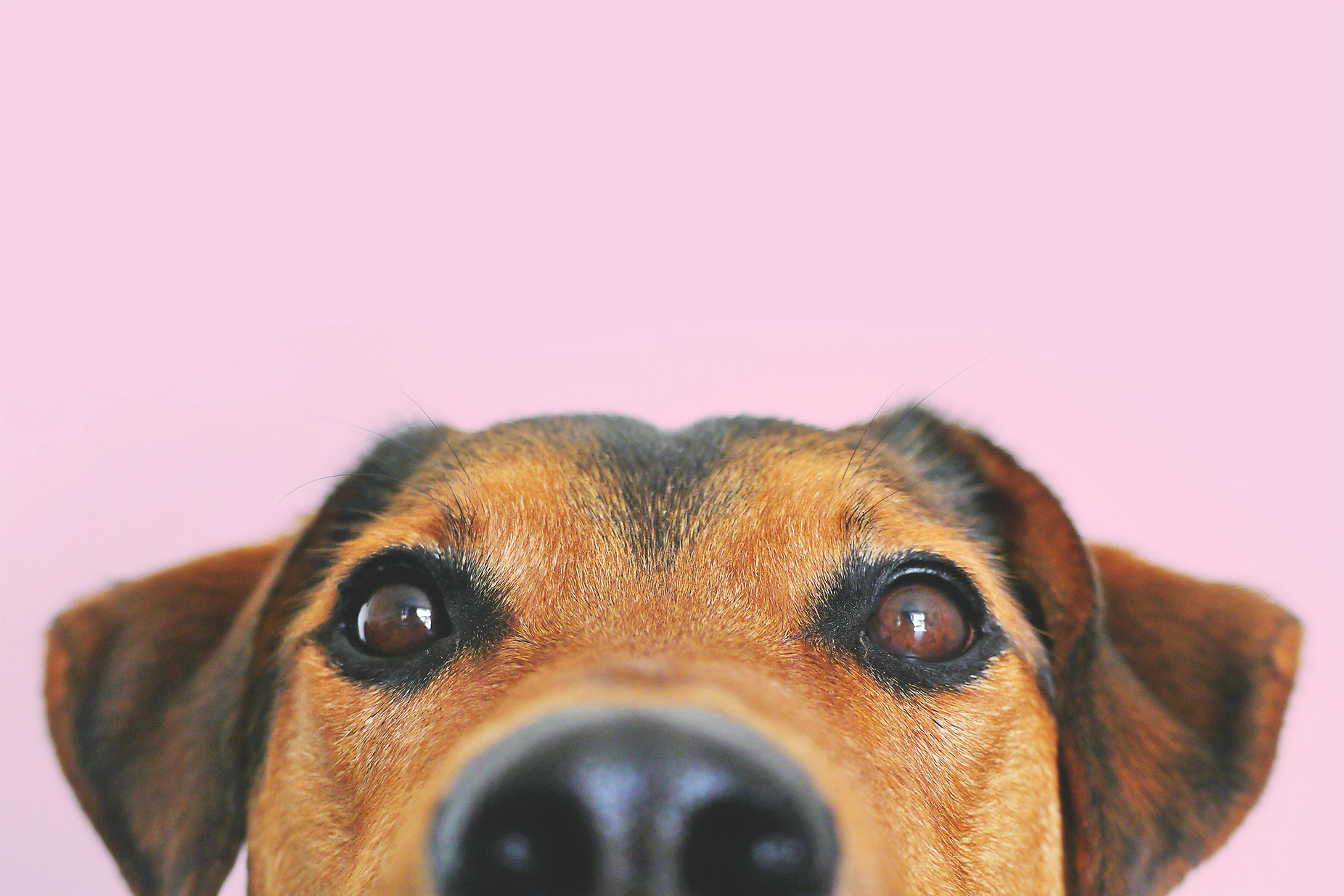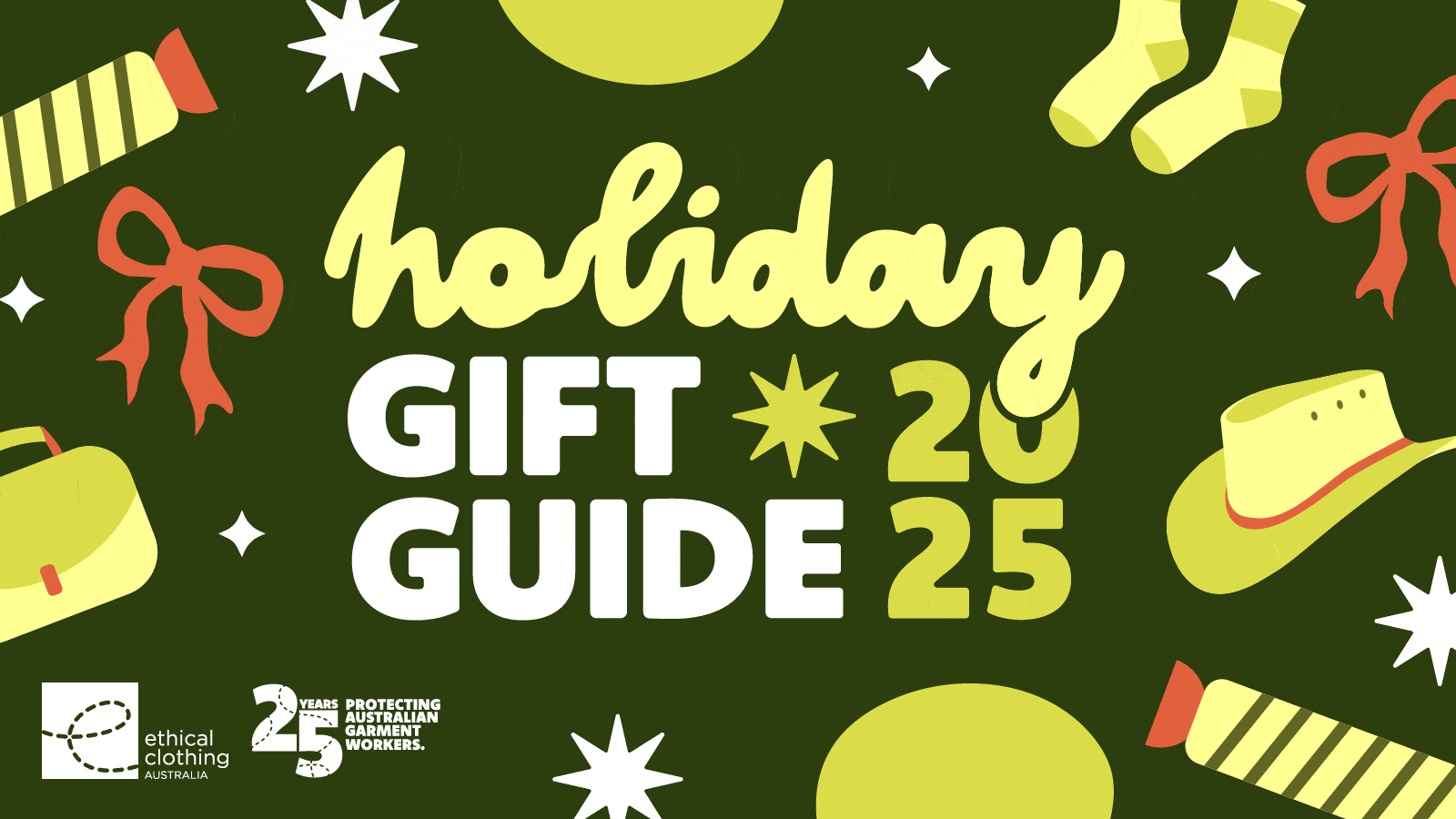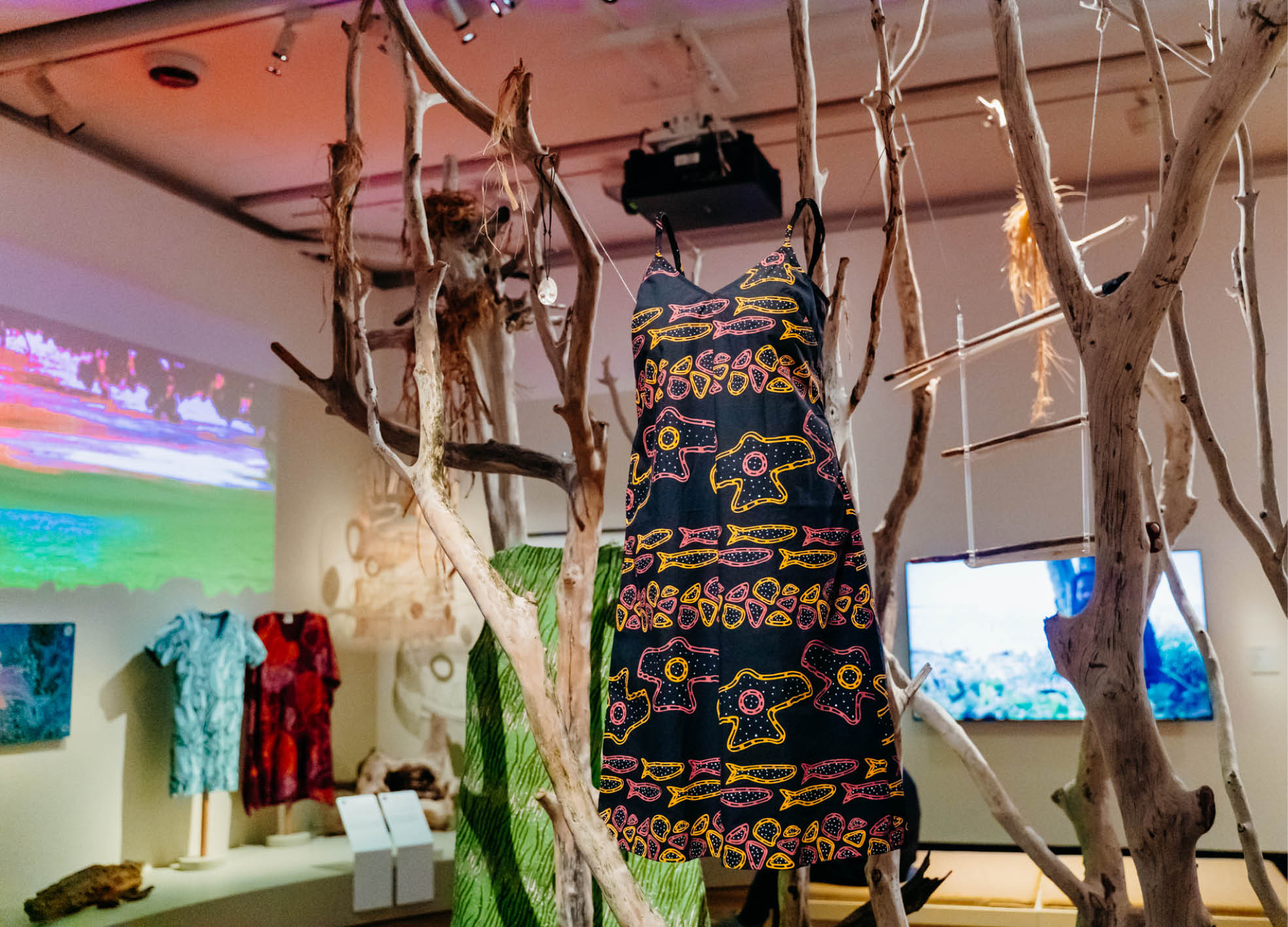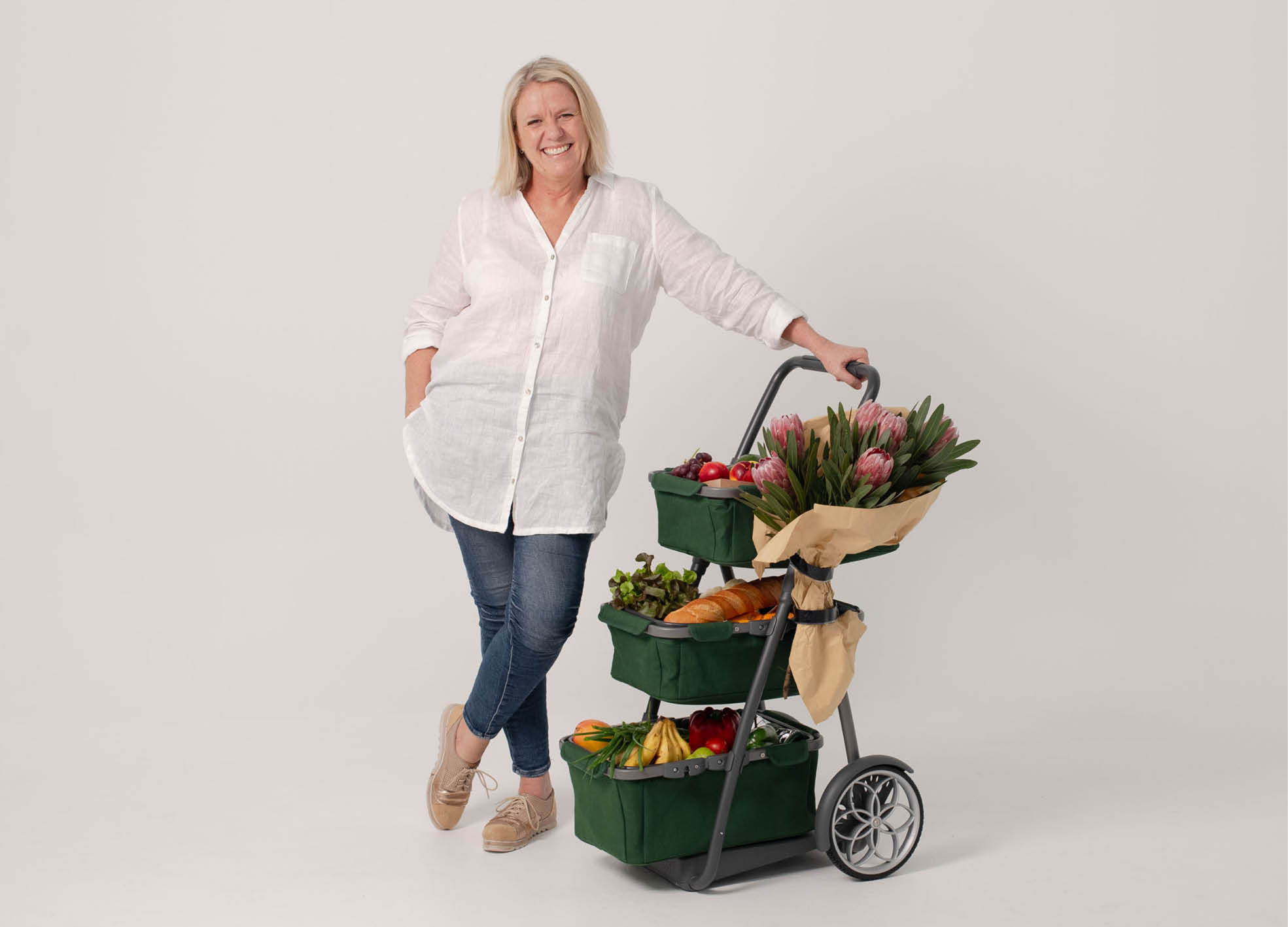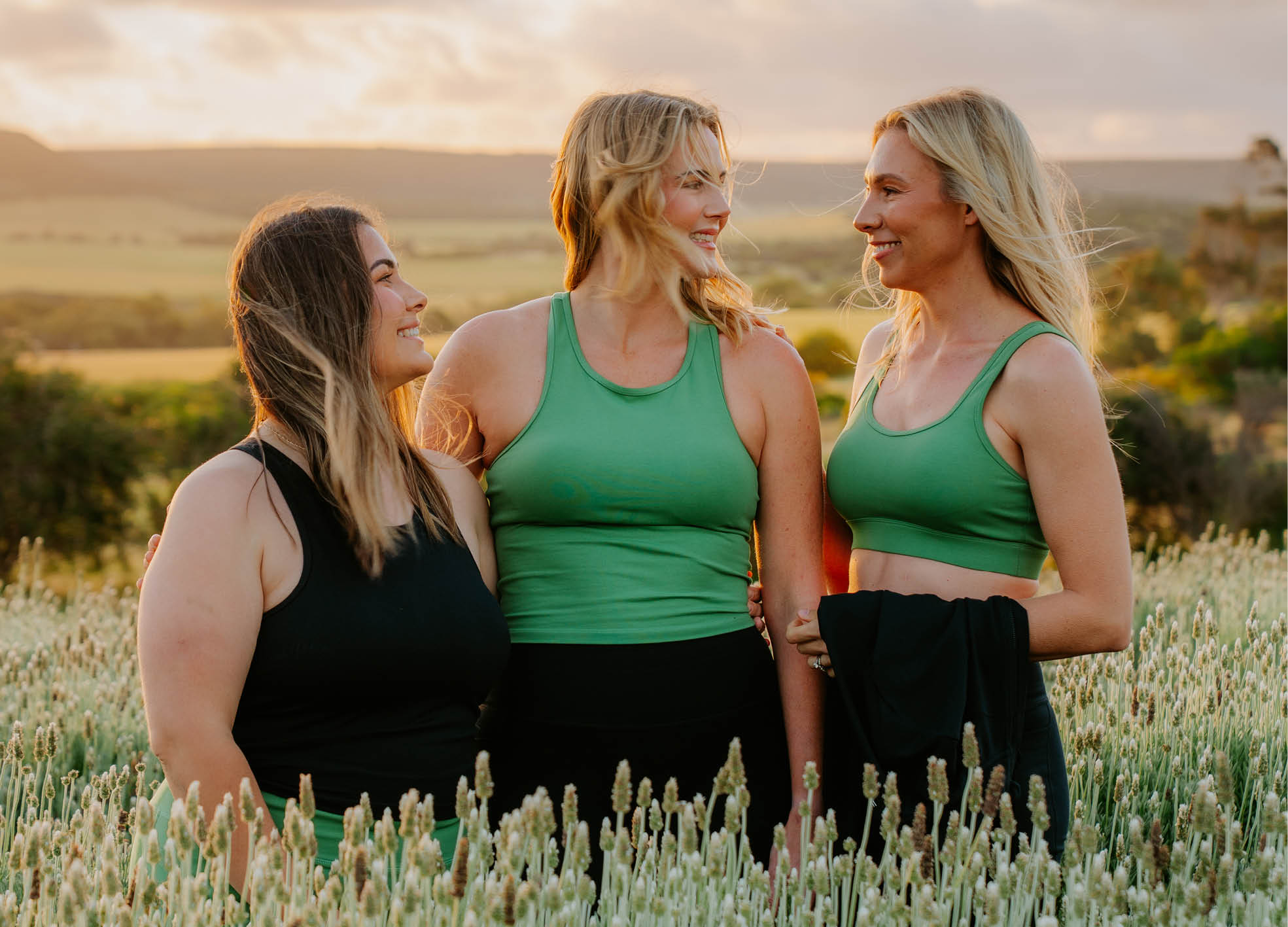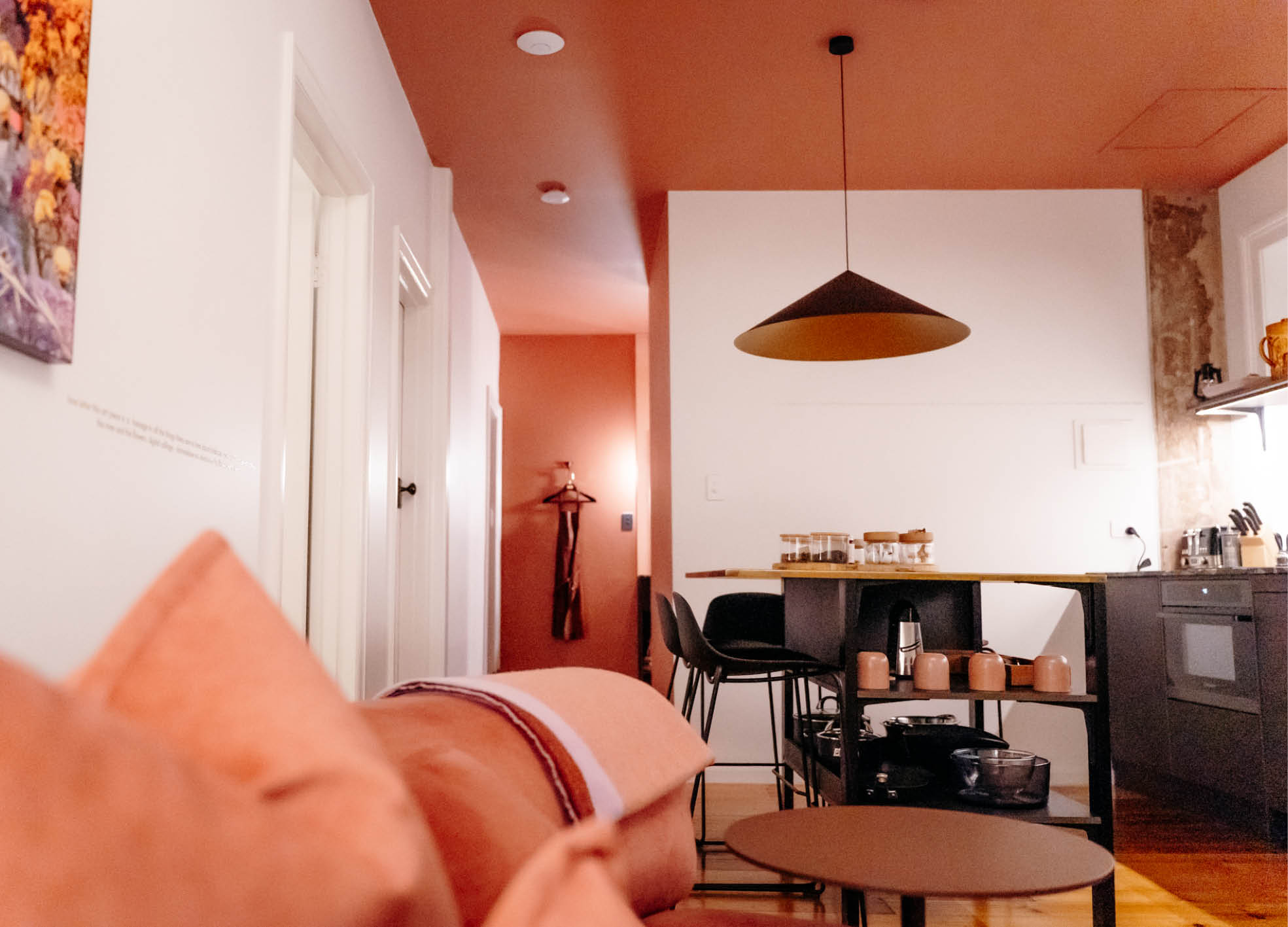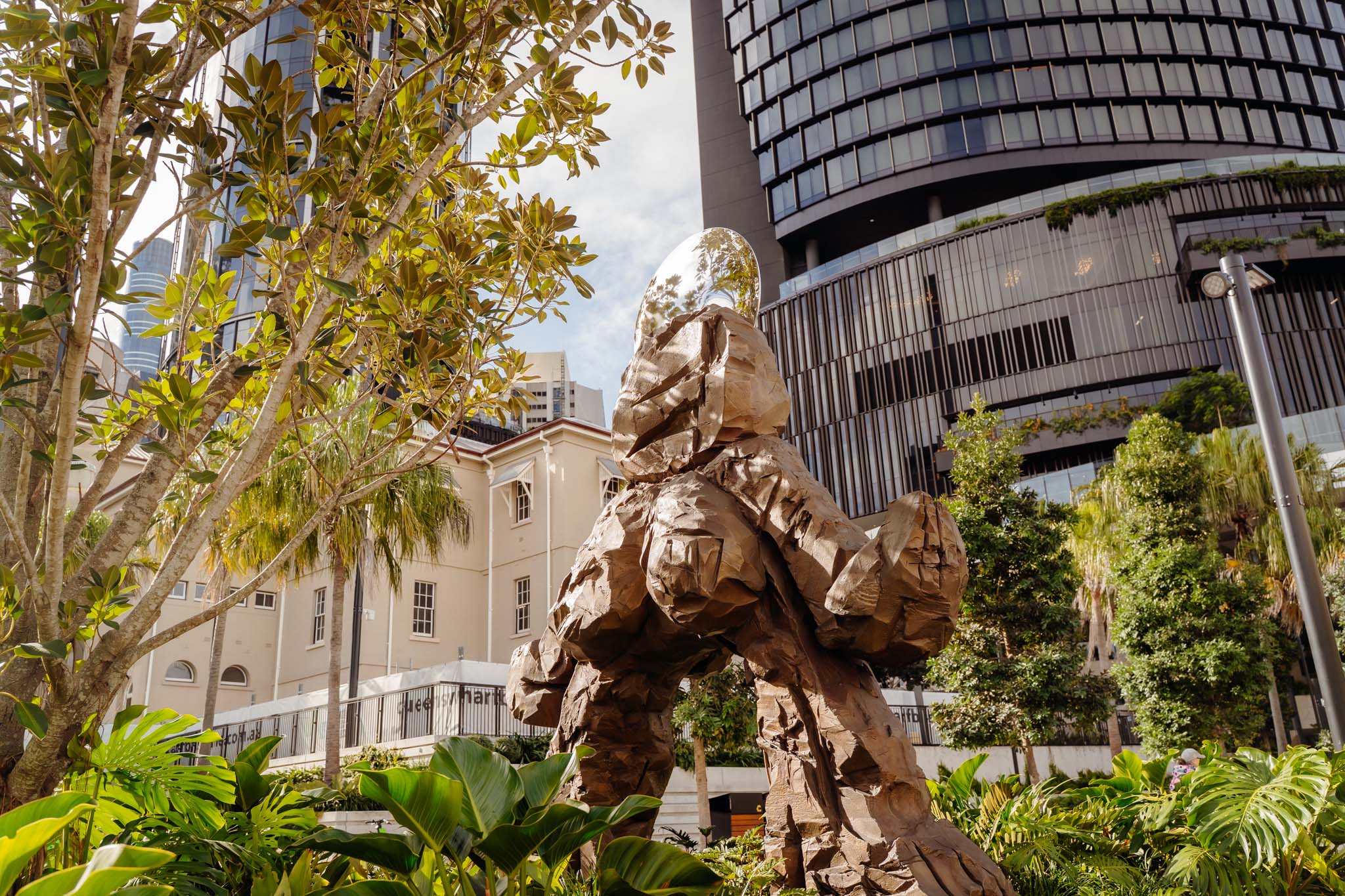Sewing for the Perfect Fit: How to Do a Full Bust Adjustment
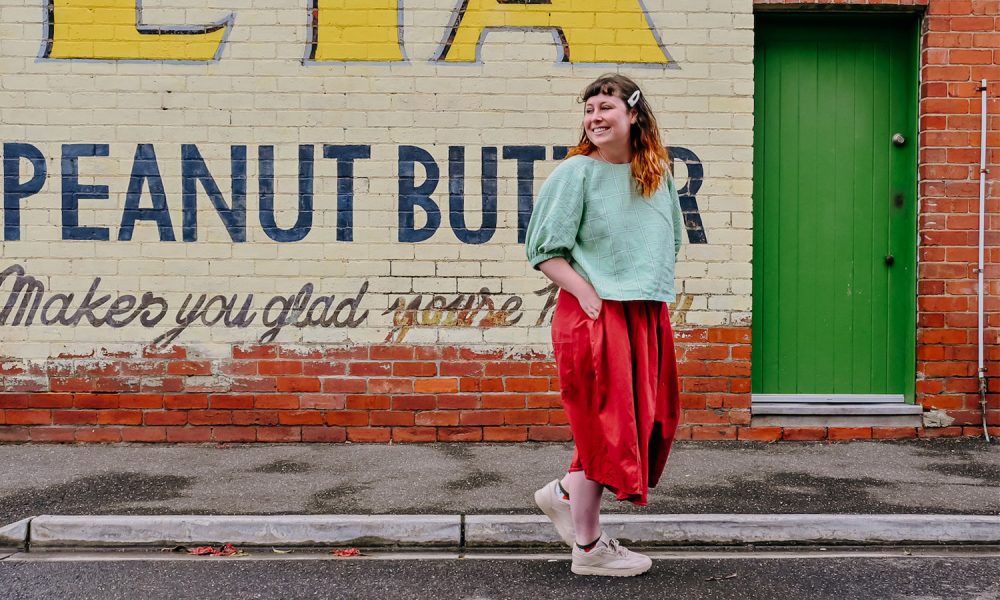
- Words by Peppermint
words and photos MIREILLE STAHLE
Hello, my name is Mireille and in the immortal words of Kath Day-Knight, I’m a Country Road size 10… Which means I wear anywhere between a 12 and a 16 in ready-to-wear garments.
It’s one of the reasons I turned to sewing. There are myriad reasons why the craft is totally excellent – how ‘wonderful’ it is to be able to create clothes that actually fit?! Much like clothes off the rack, however, patterns don’t come out of the packet perfectly accommodating the human body in all its glorious variety.
If you’ve ever chosen a pattern based on your full bust measurement and suddenly found your neck and shoulders falling out of your top (or your fit across the shoulders is scrumptious, but your garment pulls across the bust), these are classic signs that you might be a candidate for a full bust adjustment (FBA).
Getting the right fit is surprisingly easier than you’d imagine so read on to find out how to sew the perfect-fit Peppermint Paddington Top…
Taking measurements
To nobody’s surprise, getting the perfect fit involves taking your measurements properly, and choosing the right size in the first place, so let’s start there.
Don’t skip this step. Just don’t. Accurate measurements are basically the cornerstone of getting a good fit. If you’re alarmed by what your measuring tape is telling you, tell it to shut up – you need this data, and preferably, you need it every time you start a new project.
At the minimum, you should know your bust, waist, hip, shoulder and bicep measurements and be updating them regularly.
Understanding ease
A garment sewn with your exact body measurements would require castor oil to slip on and off. If this isn’t your vibe, you probably want your garments to have some ease in them.
Adding ease to your me-made garment gives you room to wave your arms at the TV, sit down and do whatever activities your heart desires, and look cute while doing it.
When you’re getting ready to start a project, take a look at the difference between the size measurements and the ‘finished garment’ measurements.
Not sure how much ease you like to wear? A good way to work it out is to take the bust measurement of a top or dress that you feel comfortable and spunky in. Compare that measurement to your actual bust measurement and the difference in the numbers is how much ease you need!
What is my sewing cup size?
Throw your bra away for this one. To determine your ‘sewing’ cup size, you need to measure the difference between your ‘high bust’ (aka upper bust) and your ‘full bust’.
To measure your high bust you’ll need to hug yourself with a measuring tape under the armpits, and the full bust is ‘the biggest part’ of your bosom (generally about nipple height).
A difference of 2.5cm (one inch!) is an A cup, 5cm is a B cup, 7.5cm is a C cup, etcetera. Most sewing patterns are drafted for a B or C cup (lucky them!).
DOWNLOAD THE PATTERN NOW
How much do I need to add? Let’s do the maths
First, take a peep at the Peppermint Paddington Top size chart and choose the right size based on your upper bust measurement (the armpit one). Now you need to create a fantasy full-bust measurement by adding 7.5cm (a hypothetical C cup) to the upper bust measurement you’ve picked out.
You’ve created a pretend sewing person! How does your full bust measurement compare to this pretend sewing person? Are you bigger or smaller? The difference between your full bust and the pretend full bust is the adjustment you need to make to the pattern!
Based on my upper bust I chose a size G because my high bust measures 106cm. That size has a full bust measurement of 113.5cm (remember I added the average C cup). My full bust measurement is 118cm, so I need to add the difference between my full bust and the ‘model’ full bust. That makes 4.5cm.
Since your adjustment will be mirrored (and doubled!) when we cut out the pattern piece, you need to halve the difference above. So, for the above scenario, I’d be adding 2.25cm.
LET’S GET MAKING!

STEP ONE // The first step: finding the bust “apex”.
Hold the pattern up to your body. Align the shoulder seam with your shoulder and the centre front with the centre of your body. Mark your bust point on the pattern piece using a pencil. (Pro tip: it’s your nipple).

STEP TWO // Draw a line from your bust apex to the hem. Let’s break the internet and call this Line A.
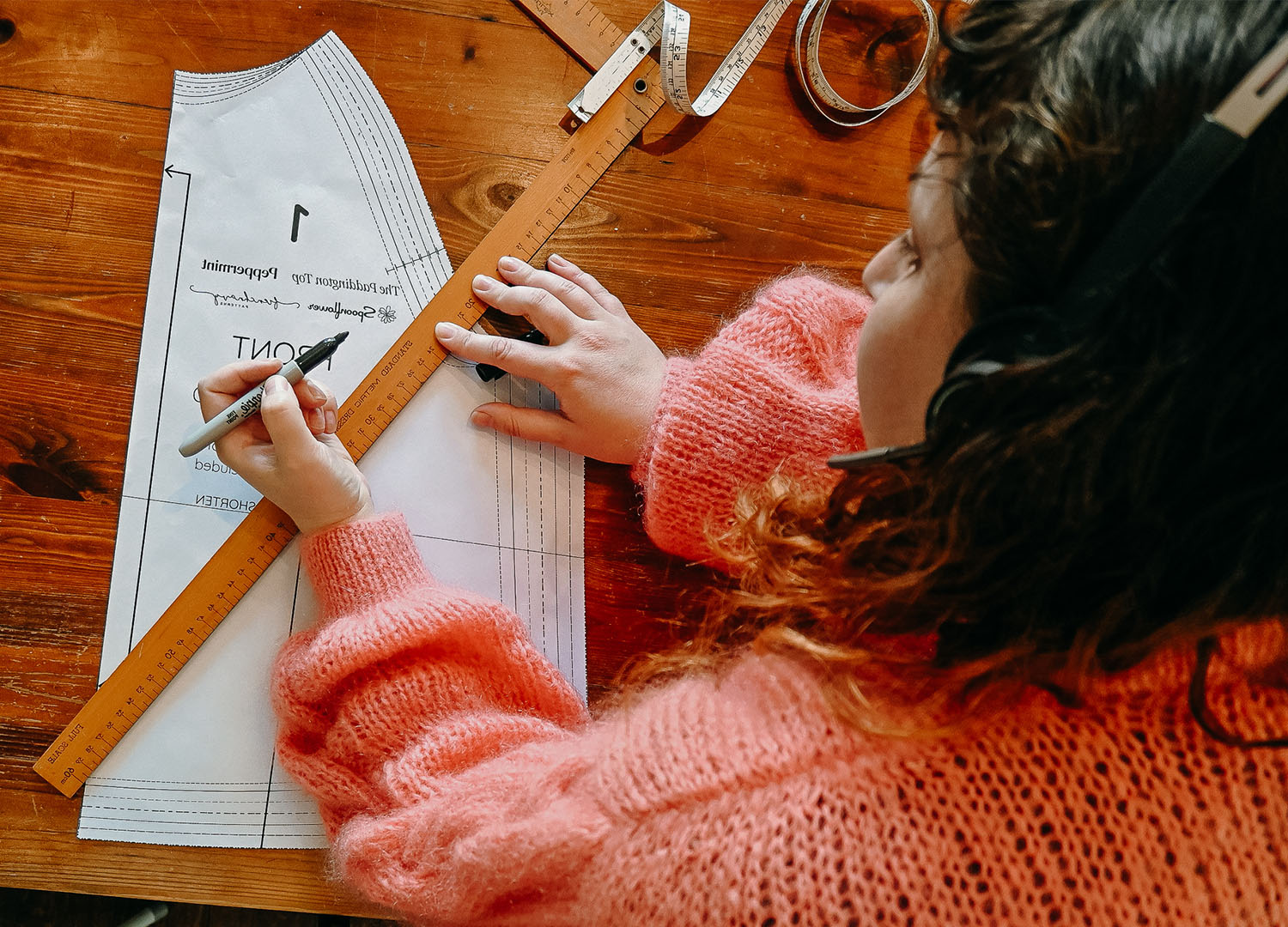
STEP THREE // Draw a line angled from the bust point to the raglan edge about 5cm above the armhole (Line B).
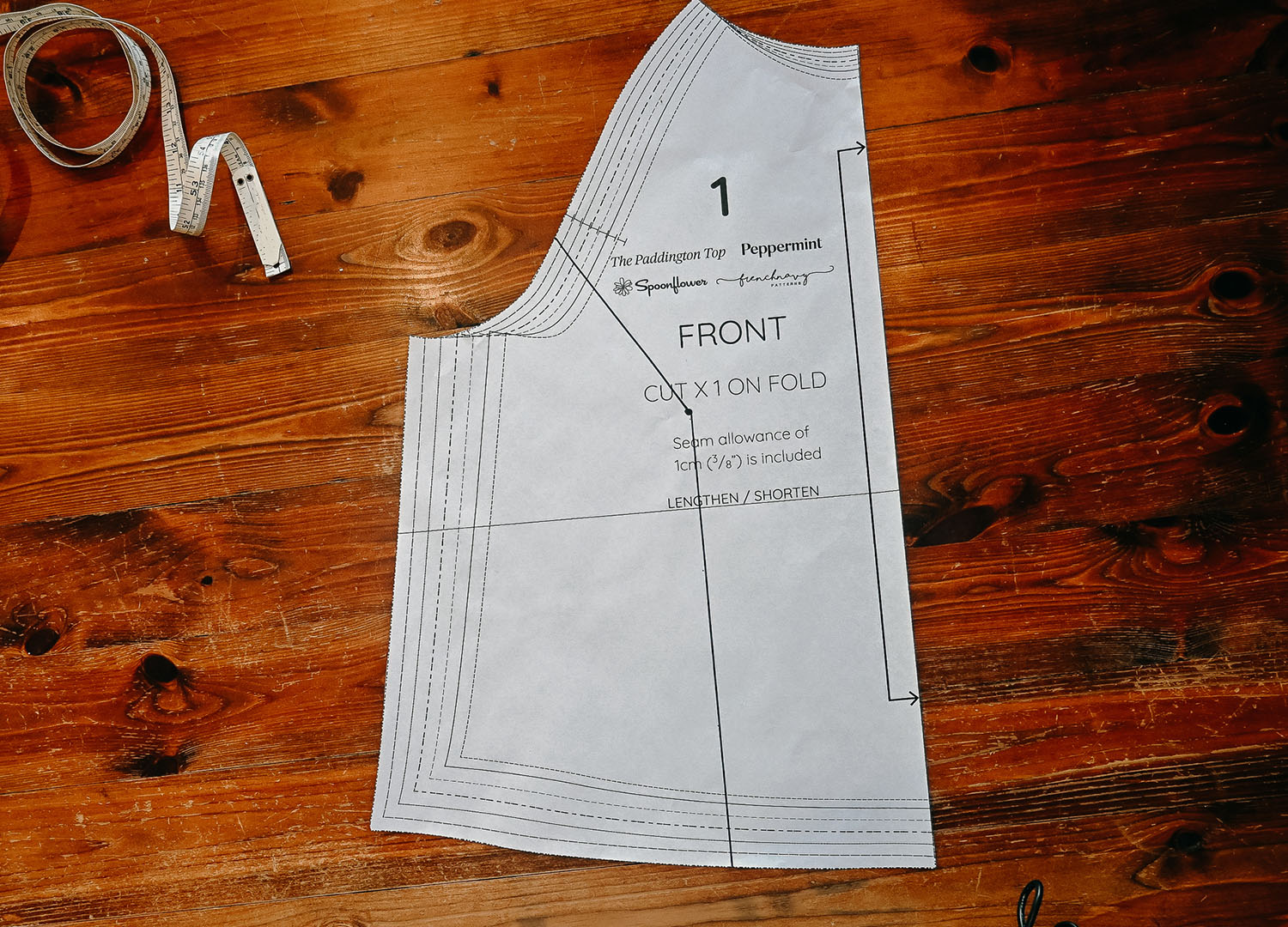
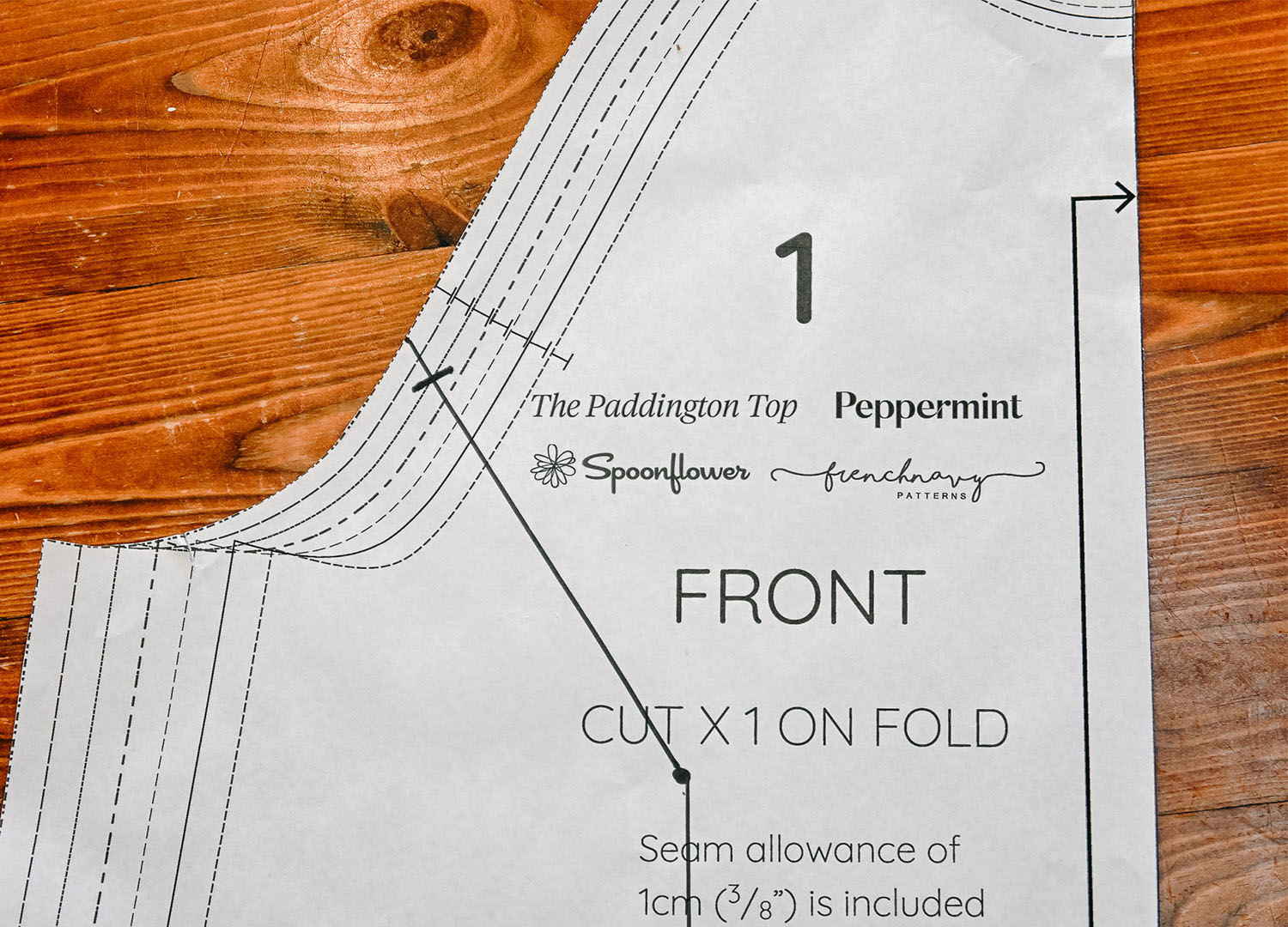
STEP FOUR // The Peppermint Paddington Top has a seam allowance of 1cm, so take your ruler and make a mark 1cm in from the side seam (on Line B). This is where we’ll create a hinge.
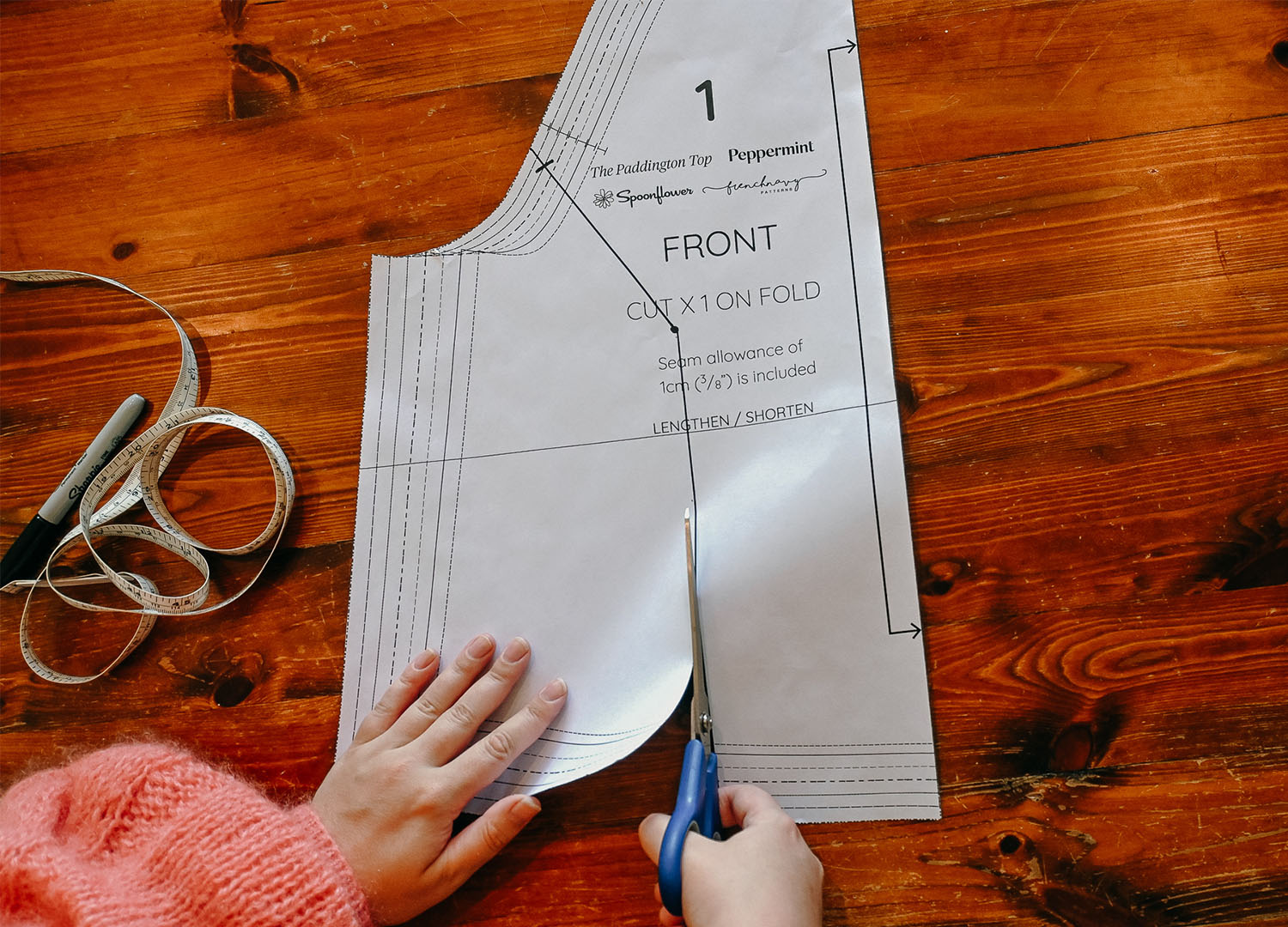
STEP FIVE // Cut the pattern in half(-ish) along Line A and along Line B up to your seam allowance marker. Snip behind the seam allowance mark (without cutting through it, please) to create a handy hinge.
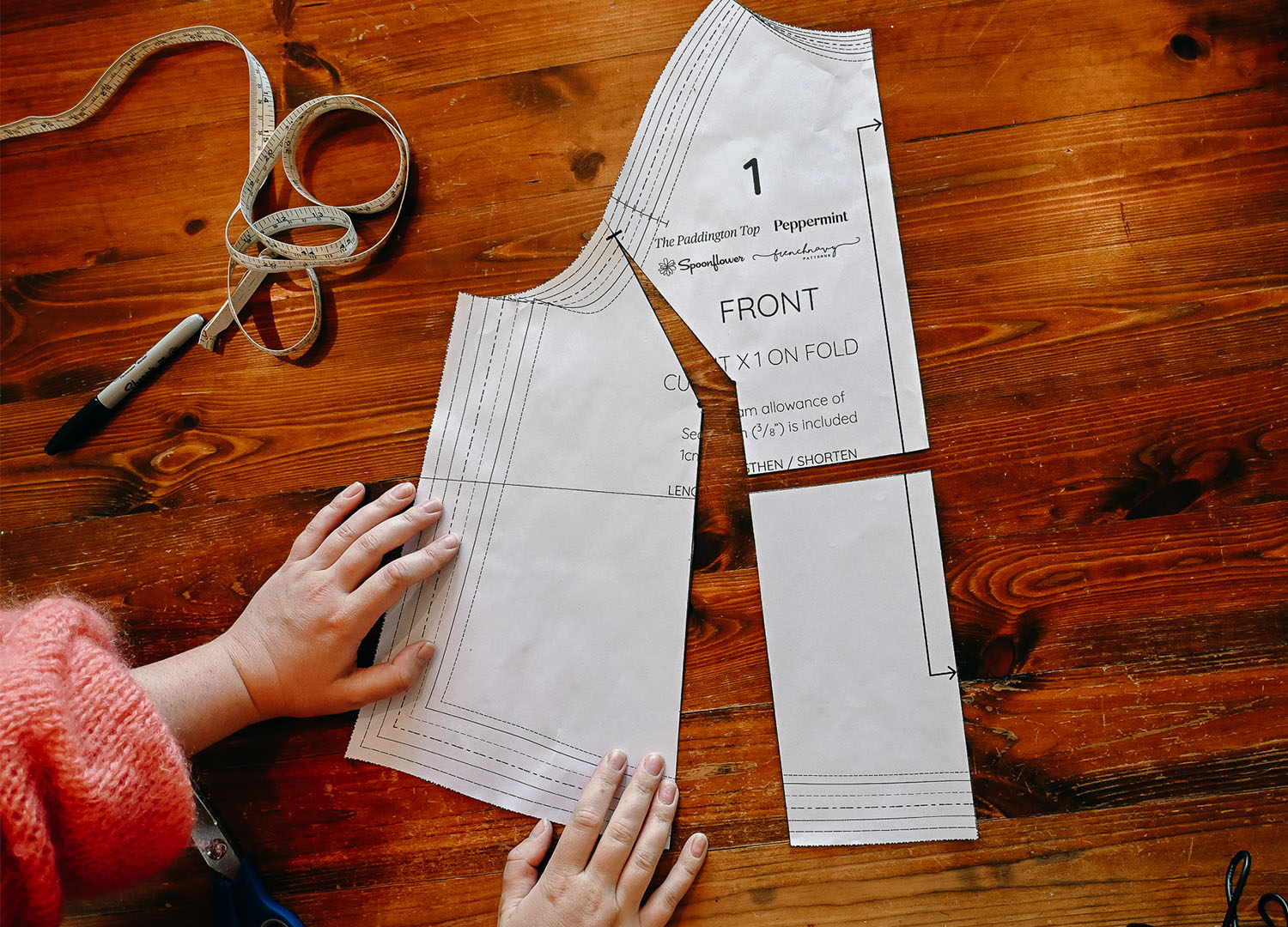
STEP SIX // Cut along the lengthen/shorten line to the right of Line A to separate the lower right piece. You’ll need to drop this down to make a new hemline.
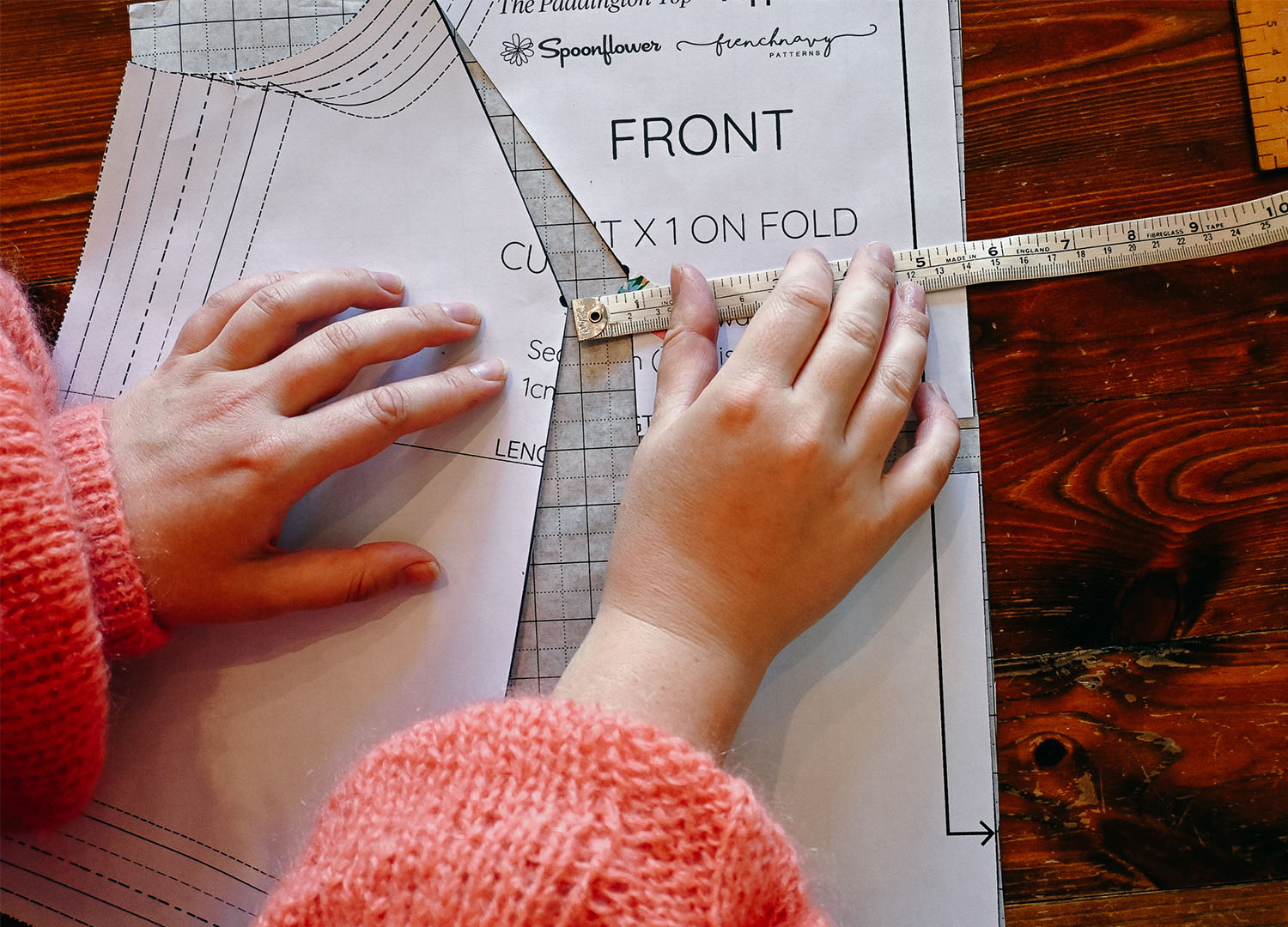
STEP SEVEN // Manoeuvre all your bits of paper gently to create gaps equalling the amount you need to add to your pattern. In this example, that’s 2.25cm.
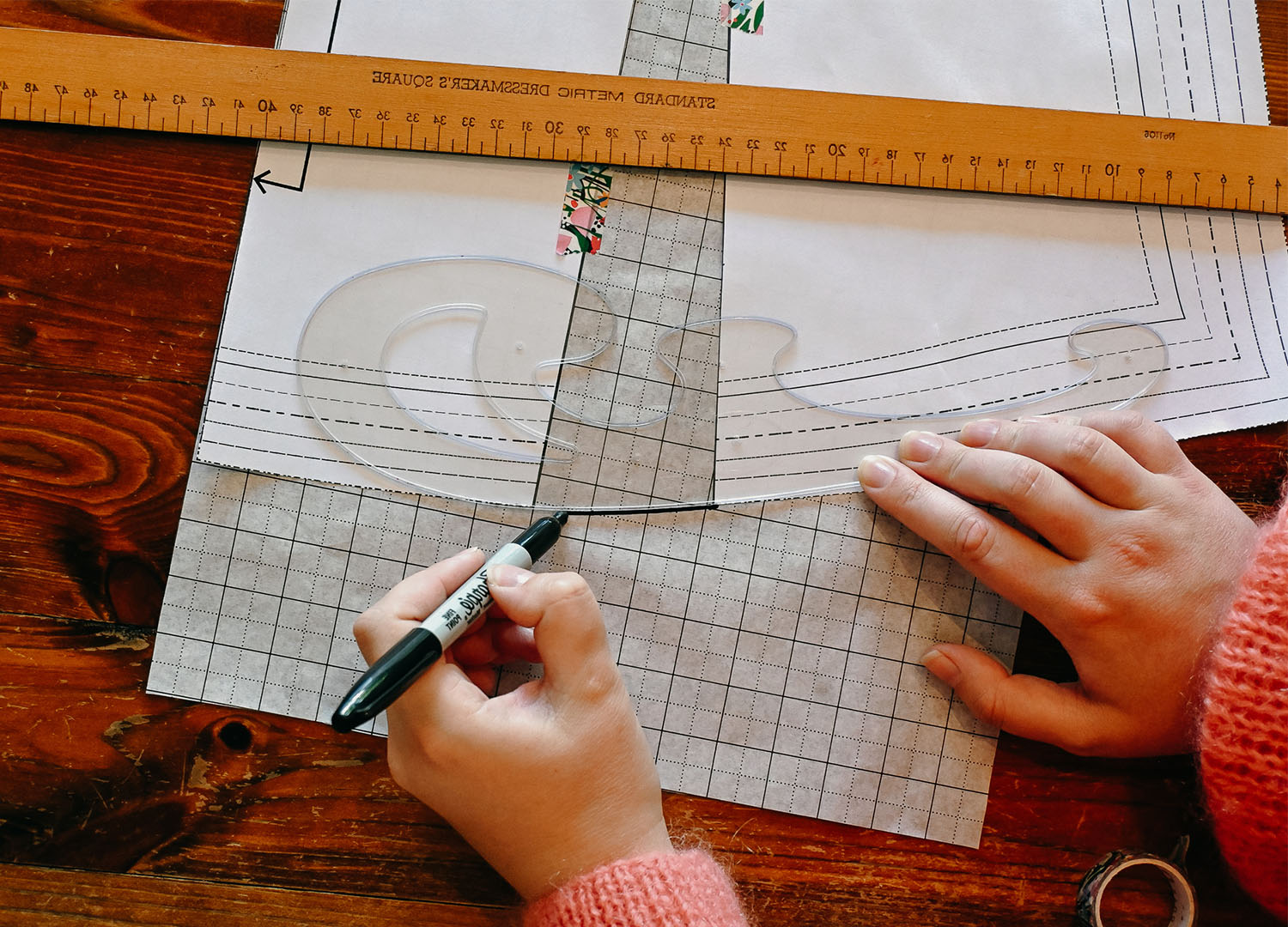
STEP EIGHT // Tape your extra pieces down, then take your curved ruler (or just wing it) and redraw the hem to close the gap.
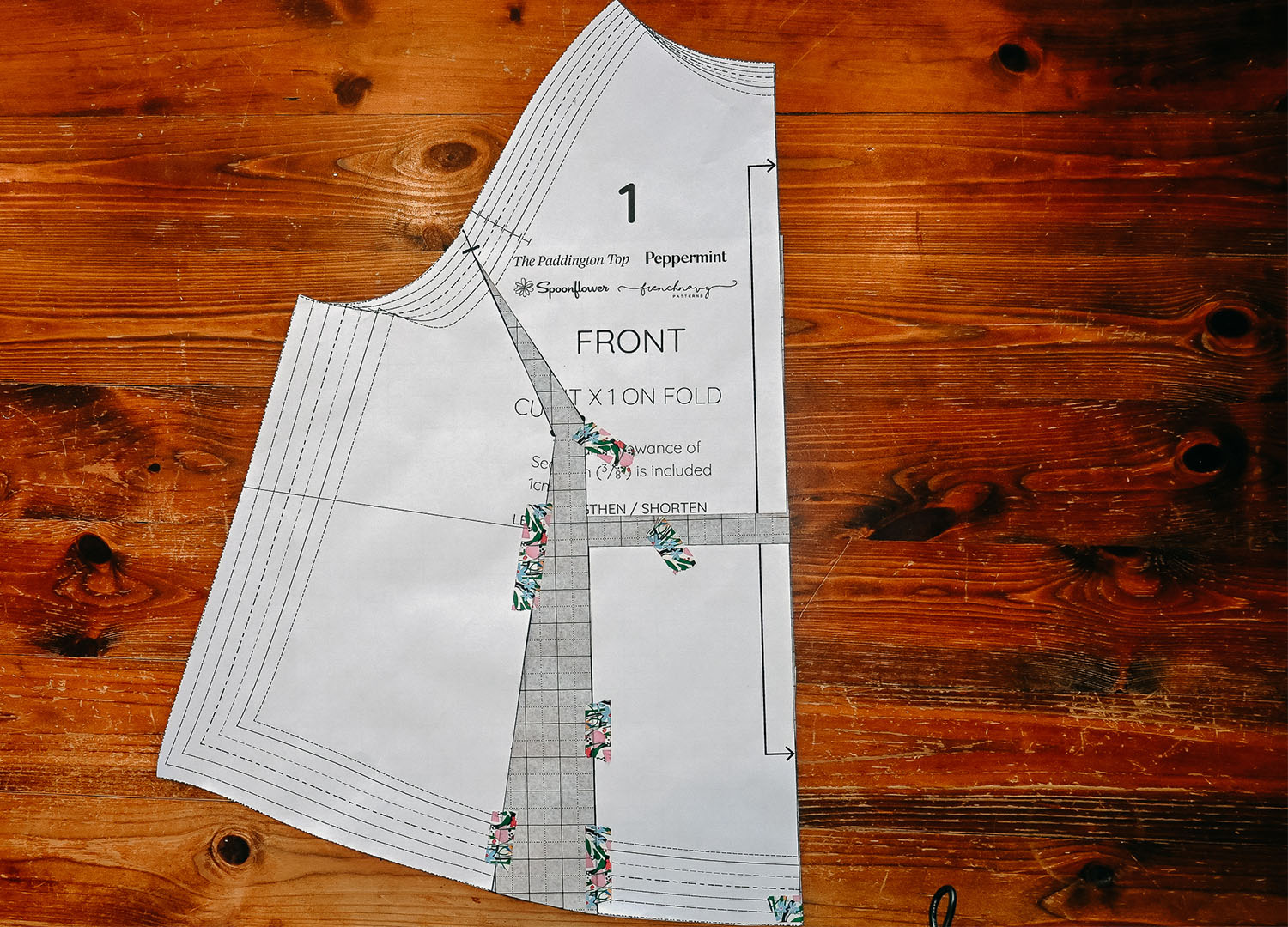
Depending on the amount adjusted, you might have added quite a bit of length at the hem (which is fair enough – no one wants their top riding up). If this is the case, don’t forget to add length to your back pattern piece!
Because you, reader, are a genius, you haven’t affected the length of the neckline or arm scythe, so you don’t need to touch those pieces!
Pour yourself a beverage of choice and rejoice because you’ve done it! You’ve shown industry standards who’s boss. Time to redraw your pattern and make yourself the best fitting Peppermint Paddington Top ever!
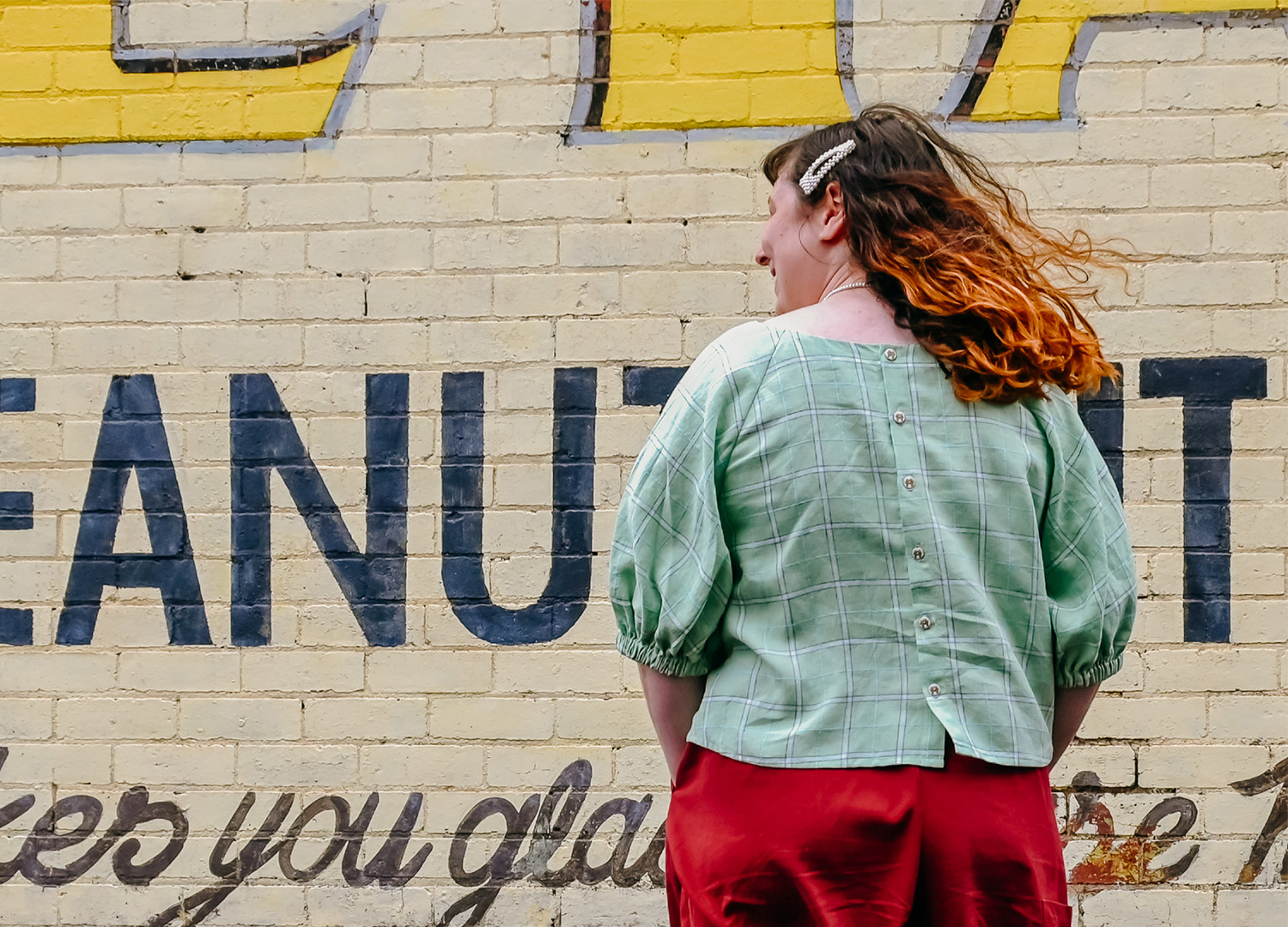
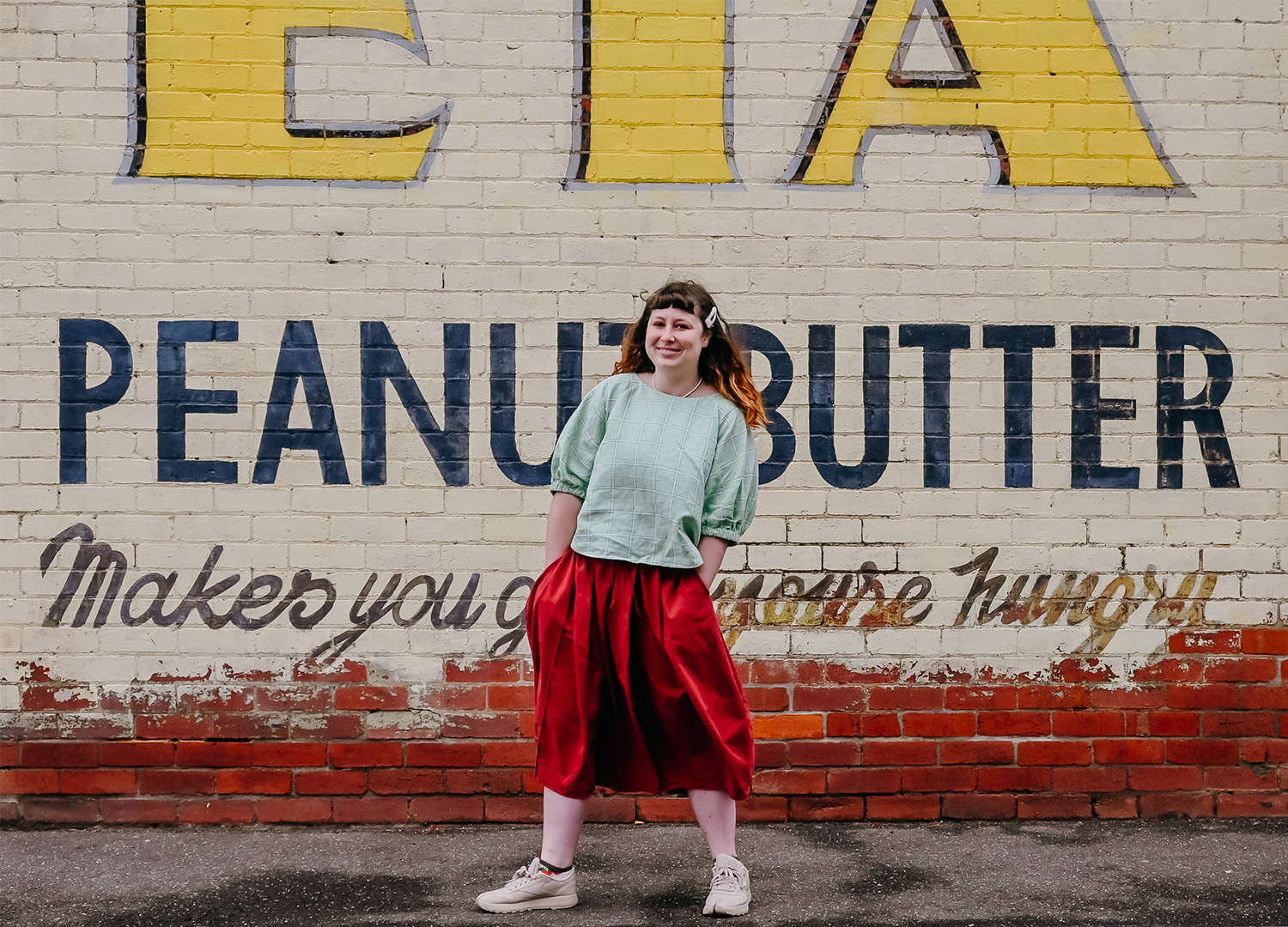
WANT MORE SEWING AND DIY CONTENT? RIGHT THIS WAY!
JOIN OUR MAILING LIST
Brighten up your inbox with our not-too-frequent emails featuring Peppermint-related news, events, competitions and more!
explore
More articles
When you hang a painting on a wall, the story stays put. But when you wear a beautifully made garment that may as well be a piece of art? The story travels. It moves through the world with you –…
We all do it: fire up the car for a 5-minute drive to pick up groceries, drop off sewing supplies, or run a quick errand…
Here’s a question: who decided that natural fibres aren’t a great fit in activewear? For Geraldton mum-of-four Jade Payne, that question became paramount after a…
Fancy a getaway in a heritage building that was once a hospital, an orphanage AND a school in a previous life? Despite what your initial…
When the algorithm gods reward dance trends over hand-thrown ceramics, and building a website feels more stressful than a tax return, where’s a maker to…
Time-travelling lungfish floating in a mosaic of glass tiles, a four-breasted female empowerment goddess cast in bronze, and a striking botanical sculpture spanning 15 metres,…
Hang out with us on Instagram
“Crafting is something that has come naturally since I was small and I just haven’t stopped. When I was smaller, I was interested in the end result. As I’ve gotten older, I realise it’s the process that keeps me coming back to craft. It’s a meditative state for me and I find the repetitive action of the stitching and felting quite therapeutic.”
Craving a world filled with warmth and whimsy? It’s all in a day’s work for textile artist @Cat_Rabbit, whose latest book, ‘Trinkets’, is bursting with felty food friends to make and cherish. Cat invited us into her universe, filled with cheeky characters, layered storytelling and loads of humour.
Plus: try the super sweet pattern for Cat’s Lucky Pickle, perfect to make as a stocking stuffer, extracted from Trinkets.
Read more from our ‘Just felt right’ feature in Issue 64, at newsagents and stockists now!
Photos: Tatanja Ross @On_JacksonStreet and Cat Rabbit
#PeppermintMagazine #CatRabbit #LuckyPickle #Craft #Crafting #Felting #FeltCrafts #Trinkets #ChristmasDecorations

Our hearts go out to everyone impacted by the Bondi Beach violence, especially the Jewish community. Also to the beachgoers, those who bravely helped and the first responders.
While it`s easy – and understandable – to get caught up in the horror of it all and direct anger at certain groups, remember this quote from teacher and author Erin Gruwell: "Don`t let the actions of a few determine the way you feel about an entire group."
“You don`t fight racism with racism. You fight racism with solidarity," said Bobby Seale of the Black Panthers. And solidarity is exactly what we need right now.
If you are feeling overwhelmed, you are not alone. Remember there is much more kindness in the world than hate. ❤️🩹
@LifelineAustralia has created a Bondi Beach Incident: Wellbeing support guide, where you’ll find information about common reactions, reassurance that what you’re feeling is valid, and ideas for taking care of your wellbeing.
https://lifeline.org.au/bondi-incident
You can also call Lifeline on 13 11 14, text on 0477 13 11 14 or chat at lifeline.org.au/crisis-chat anytime, no matter how this has impacted you.
@BeyondBlueOfficial is also available with free 24/7 support by phone on 1300 22 4636 or webchat at https://www.beyondblue.org.au/
Register.Find.Reunite. has been activated by @RedCrossAu to help people reconnect with family and friends. Visit redcross.org.au to access the service.
@NSWPolice Public Information and Inquiry Centre (PIIC) is operating 24/7 on 1800 227 228 for information relating to people impacted.
@LifeBloodAu is supporting Sydney hospitals. O- and O+ blood are always in high demand in emergencies. To donate (from anywhere in Australia – all states are welcome and helpful!) call 13 14 95 or use the Lifeblood app.

Just a reminder… from @SugarHouseCeramicCo
This holiday season be kind, patient and shop local!
#ShopSmall #ShopLocal #SupportSmallBusiness

✨️ Our website is getting a glow-up! ✨️
Sorry for the inconvenience but it will be offline for a few days. You can still purchase subscriptions (perfect for chrissy presents!) via the links on the holding page.
Last year we were extremely excited to receive funding from the Meta Australian News Fund, in partnership with the Walkley Foundation. The result of this is a fabulous new website, with a sustainable fashion and sewing directory that will follow early next year. We`ve worked with the lovely Amy and Jenny at @CrumpetClubHouse who have been making the magic happen – we can`t wait to show you the outcome! ✨️
In the meantime, please get in touch if you need help with anything – hello@peppermintmag.com
We`ll see you on the other side! 🌈

🎀 12 DAYS OF XMAS GIVEAWAYS 🎀
🎄On the 12th day of Christmas, we’re giving away… a GREENPAN FROST ICE CREAM & FROZEN DRINK MAKER! 🎄
Ice, ice, baby! Calling all kitchen magicians and dessert devotees: it’s time to churn, blend and devour your way to frozen heaven. It’s our final giveaway – and hoo girl, it’s a goodie! Thanks to the clever folks at @TheOriginalGreenPan.Anz, one reader will cool their mitts on the Frost Ice Cream & Frozen Drink Maker – perfect for conjuring up home-made gelato, sorbet, smoothies, slushies and more!
Valued at $599, the Frost Ice Cream & Frozen Drink Maker is designed with GreenPan’s signature Thermolon™ ceramic non-stick coating, so you can whip up summer-ready sweet treats free of PFAS, PFOA, lead and cadmium.
To snag this frosty prize, follow @TheOriginalGreenPan.Anz and tag a friend in the comments below before midday AEST 15 December! (Australian and New Zealand addresses only, please.) Good luck!
Update: The lucky winner of our final giveaway is @just__for__van - congrats! We`ll dm to get your details. Well done! 🎉
#PeppermintMagazine #12DaysOfChristmas #12DaysOfGiveaways #GreenPan

Oh hey 👋🏼 Just a little reminder that our subscriptions are sent in paper envelopes, which is a bit of a rarity in our industry. 💅🏼
If you need more reasons to subscribe, how about these:
💌 Enjoy a new issue arriving in your letterbox every six months.
💌 Subscribers exclusively receive FOUR digital sewing patterns per year!
💌 You’ll be the first to get your hands (and needles) on our patterns with early access.
💌 Get a 20% discount code on back issues of Peppermint so you can start your collection today!
💌 Automatically go in the draw to win amazing prizes each issue.
💌 Feel good about your subscription arriving in plastic-free postage.
💌 Support a small, women-led Australian business.
💌 Help us make the world a better place!
And... it`s a perfect Christmas present! We have a downloadable card you can print to go with your gift.
💌 Link in bio!
#PeppermintMagazine #SupportSmallBusiness #ShopLocal #ShopSustainable #PlasticFree

